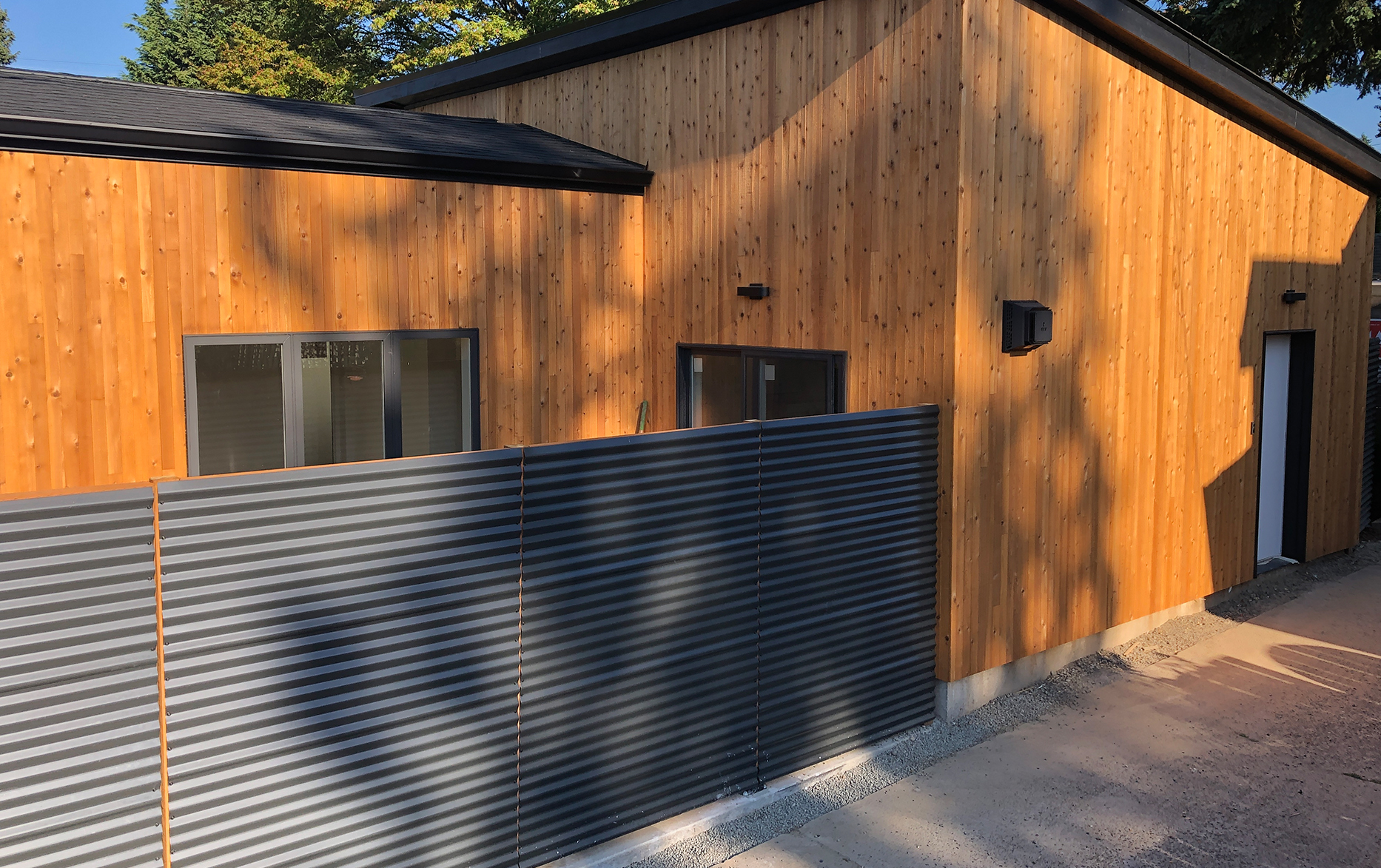

Wood siding is among the more beautiful types of exterior home decor, not to mention among the most expensive. Those who love the look of their clapboard, shingles, or board-and-batten siding understand that regular maintenance is key to keeping it looking great and extending its lifespan.
Whether you're giving your siding a new coat of paint or you're looking to get rid of unsightly dirt, pollen, pollution and more, cleaning your home's wood siding is a practice you should repeat at least once each year. Blazing heat, snowy winters and all the elements in between can wreak havoc on home siding, resulting in a weathered, dingy look if it's not properly cleaned.
However, improper cleaning techniques can result in costly damage, including stripped paint, gouged boards, and loosened caulk. To make matters worse, if you allow your pressure washer stream to penetrate the joints and behind the boards, the moisture left behind could encourage mold growth or trigger wood rot.
Cleaning wood siding can be a quick and easy task, and Simple Green Oxy Solve House and Siding Cleaner can help make it even easier. It uses peroxide to brighten and renew surfaces without bleach, while removing dirt and stains from mold, mildew, moss, algae, chalking and more. Use it for manual cleaning or in your pressure washer on wood siding as well as stucco, aluminum, brick and vinyl siding. This EPA Safer Choice Direct Release formula also helps keep the environment healthy while beautifying your home.
To keep your wood siding in top form, you should follow the basic maintenance steps outlined below about once a year. Follow these simple cleaning steps to remove dirt, grime, and stains from algae, mold, and mildew, and help ensure the best look and longest lifespan for your siding.
Manual Cleaning
Pressure Washer Application
Use caution when pressure washing around openings like windows, doors, and plumbing connections. Work in sections so that the rinse step can be reached before the cleaner dries on the surface, as it will be harder to rinse away once dried.
Be sure to check your equipment and siding warranty beforehand. Always follow the manufacturer's recommendation on proper cleaning and storage practices.